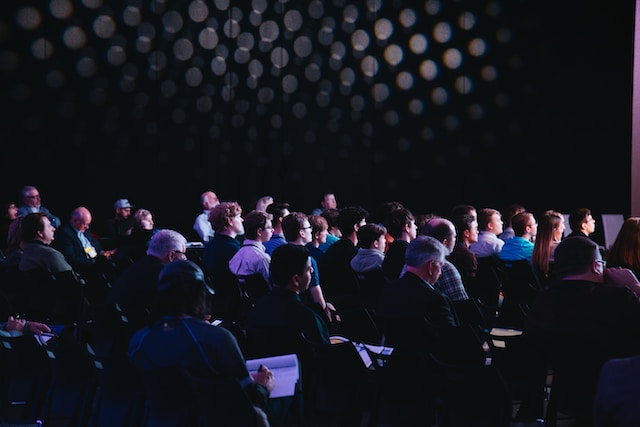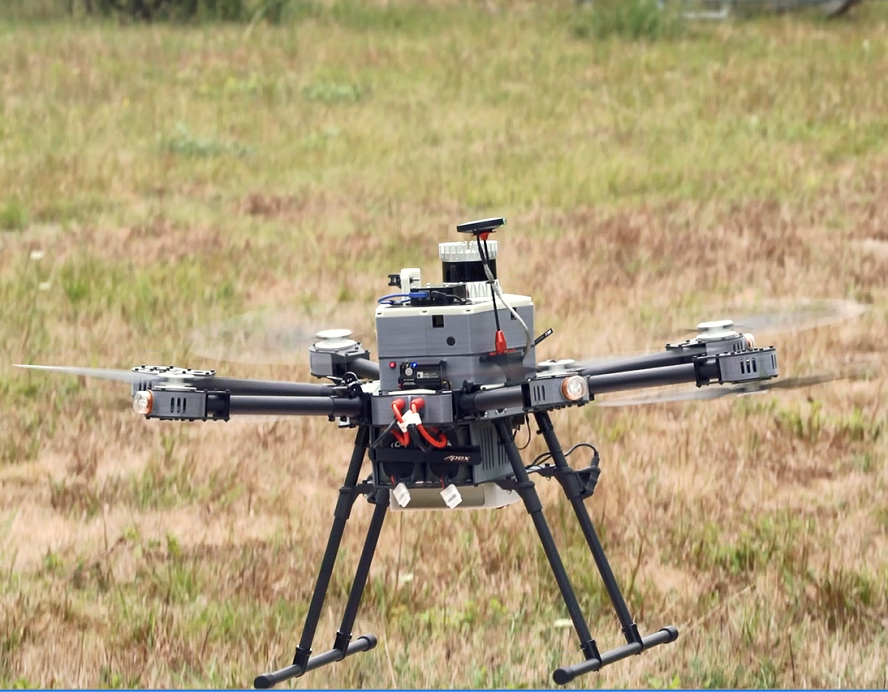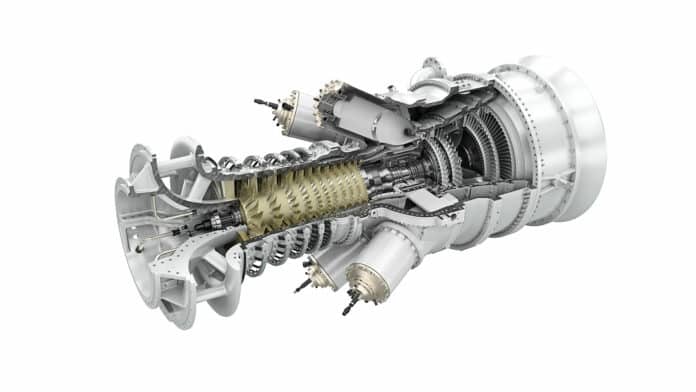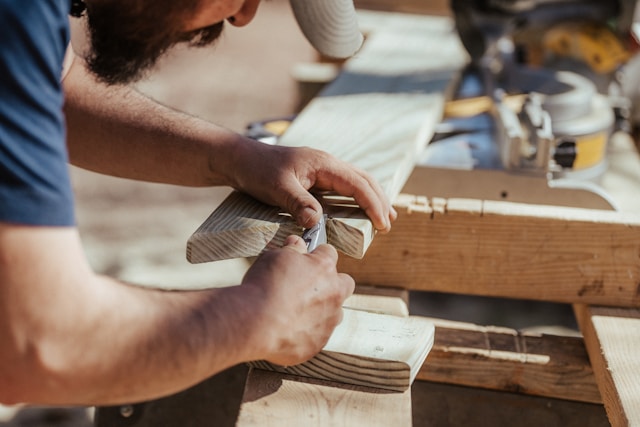SoftBank, the Tokyo-based telecommunications giant, is planning to test a new technology that may change how people live and work in urban environments.
The firm has announced an upcoming test of a charging system that will be incorporated inside 5G base station antennas. This will send out minuscule amounts of electrical energy onto devices like earbuds and smart wristbands that are within a range of 100 meters.
The charging power will be limited to only one milliwatt, which is way too weak to cause any damage or harm to the human body. The electric charge is sent via the same 28 GHz frequency band that is used for 5G communication, so it’s totally safe.
The project is being supported by the government, with the Ministry of Internal Affairs and Communications developing a relevant directive at the moment to officially allot wireless charging bandwidths.
Moreover, the technology is being co-developed by SoftBank, Kyoto University, the Kanazawa Institute of Technology, and the National Institute of Information and Communications Technology.
The tests will take place indoors at first, and by 2024, the technology should be ready to go outdoors. SoftBank plans to incorporate these charging units inside all 200,000 5G base station antennas that are planned for installation across Japan.
Although the charging power isn’t exactly staggering, it should be enough to keep small wearables going for much longer. Moreover, it could open up the way for tiny electronic tags and health sensors that can’t use dedicated battery cells to become omnipresent.
A small electronic circuit with minuscule powering requirements could operate 24/7 as long as it’s within 5G range, which for urban environments, shouldn’t be a problem in a couple of years.
After all tests are done and the tech is fully rolled out, SoftBank plans to commercialize it, tapping onto a market that is expected to reach $15.3 billion by 2026, according to current estimates.
SoftBank Will Use 5G Antennas to Charge Wearables in Japan
By: | November 17th, 2021

Image Credit: Pixabay
More articles from Industry Tap...






